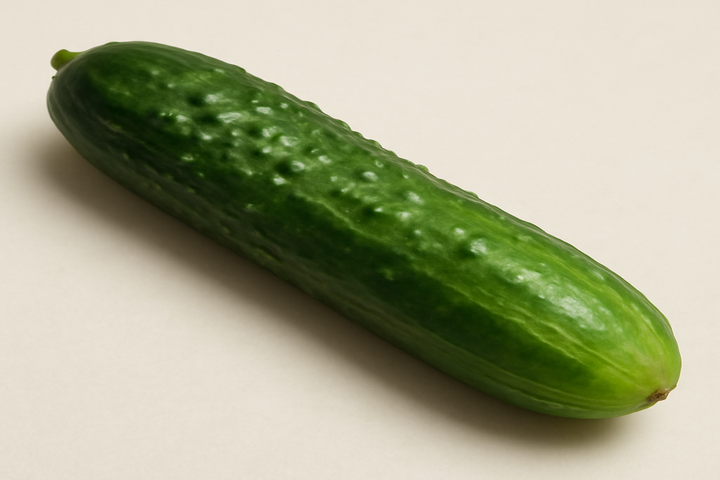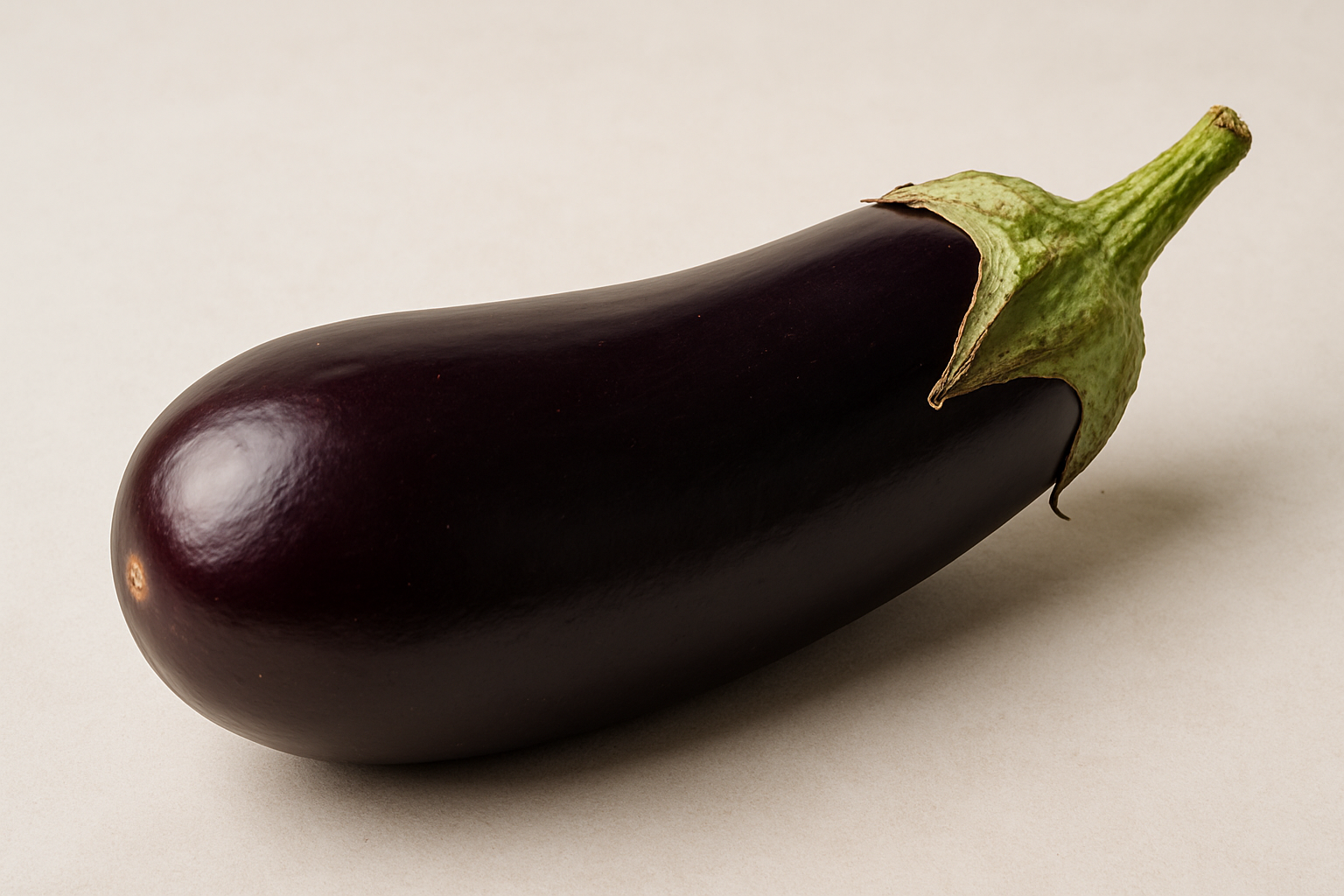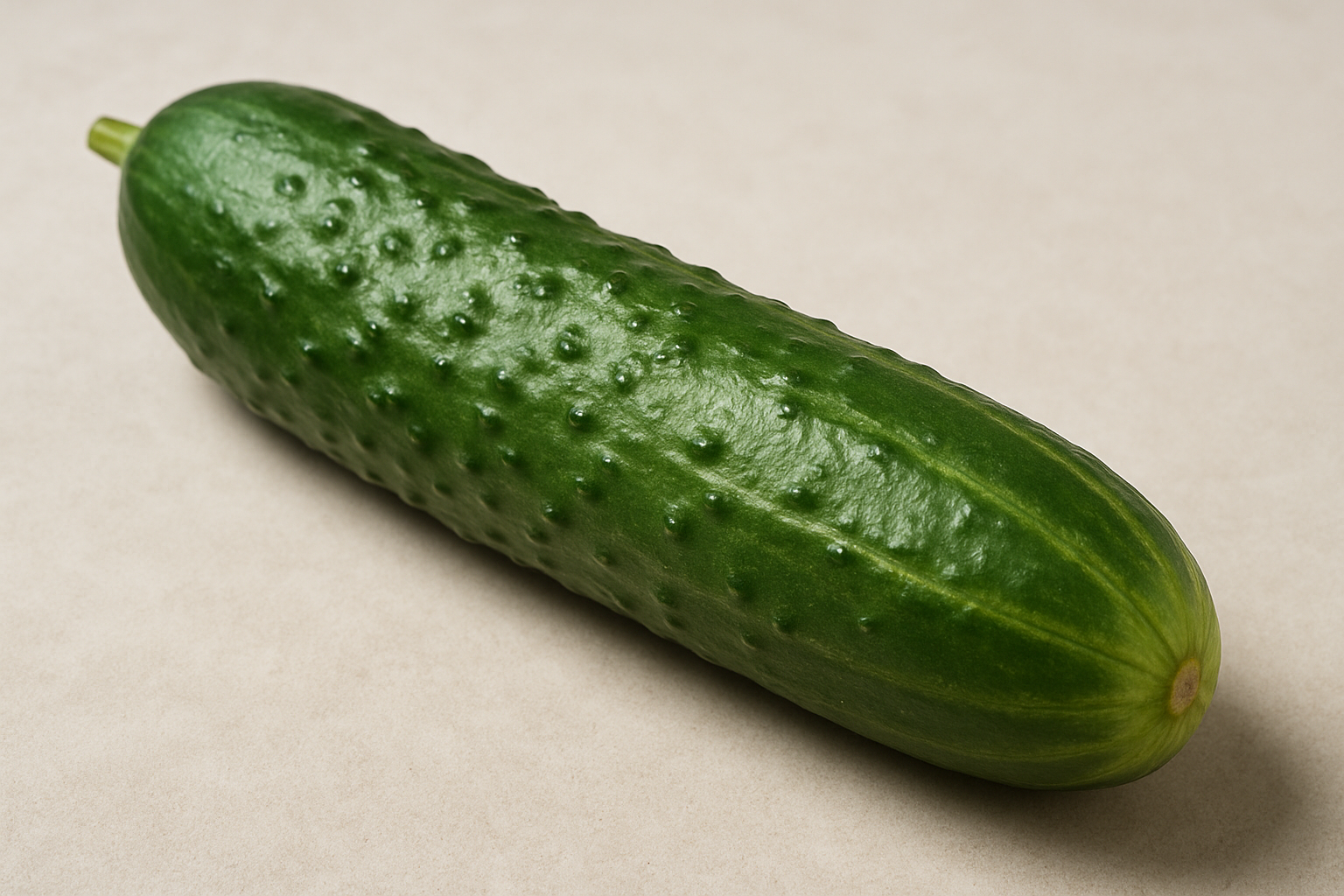Exploring the DIY route for penis pumps might seem cost-effective, but it's fraught with risks. Homemade devices often lack essential safety features, increasing the chance of injuries like bruising and tissue damage. For those prioritizing safety over savings, investing in a commercial pump with built-in safeguards is a wiser choice.
In the realm of men’s health and enhancement solutions, DIY penis pumps have emerged as a popular yet controversial topic. The allure of crafting a homemade device often lies in the potential cost savings and the satisfaction of a successful DIY project. However, the significant risks associated with these homemade devices cannot be overlooked. The balance between affordability and safety becomes a critical consideration for those exploring this option.
The Growing Interest in DIY Penis Pumps
There is a noticeable surge in interest among men looking to create their own penis pumps at home. This trend is fueled by the desire to save money and the accessibility of online guides that promise easy construction with household materials. However, this growing interest is accompanied by substantial concerns regarding the safety and effectiveness of these homemade devices. Without the proper knowledge and materials, individuals may inadvertently expose themselves to serious risks.
Understanding the Risks Involved
The primary concern with homemade penis pumps is the potential danger they pose. Unlike commercial models, which are designed with safety features such as vacuum limiters and pressure gauges, DIY pumps often lack these critical components. This absence increases the risk of injuries, including bruising, tissue damage, and even more severe complications like burst blood vessels. Additionally, the materials used in homemade devices may not be skin-safe or sterilizable, leading to risks of irritation and infection.
Purpose of This Exploration
This post aims to shed light on the realities and risks associated with DIY penis pumps. By exploring the construction process, safety concerns, and comparing homemade pumps to their commercial counterparts, we hope to provide a comprehensive understanding for those considering this path. Our goal is to inform readers about the potential dangers and to encourage a thoughtful consideration of the balance between cost savings and personal safety.
When considering how to make a homemade penis pump, it’s crucial to understand the construction process and the materials required. The typical DIY approach involves using easily accessible items such as clear plastic cylinders, silicone or rubber seals, and a hand vacuum pump. However, while the materials may seem straightforward, each component plays a critical role in ensuring both functionality and safety.
Constructing a DIY Penis Pump: Materials and Steps
The foundation of a homemade penis pump is a clear plastic cylinder, often crafted from PVC pipes or repurposed plastic bottles. This cylinder must be sturdy and sized to fit the penis comfortably yet snugly. A soft, flexible seal is created at one end of the cylinder using silicone or rubber, which helps maintain an airtight suction. At the other end, a hand vacuum pump, such as a bicycle pump, is attached to generate the necessary vacuum pressure.
The construction process involves cutting and smoothing the edges of the plastic cylinder to prevent injury. Ensuring airtight seals is crucial, and using a water-based lubricant can enhance the effectiveness and comfort of the seal. It’s vital to test the suction carefully before use to avoid excessive pressure that could lead to injury.
Usage Instructions and Safety Precautions
Using a homemade penis pump requires careful attention to safety to minimize risks. Begin with a low suction pressure, gradually increasing it to avoid pain or injury. It’s recommended to limit each session to 20–30 minutes, taking breaks to prevent tissue damage. If any pain, discomfort, or abnormal sensations occur, stop using the device immediately.
Choosing the right materials and lubricants is essential for safety. Opt for clean, non-toxic materials, and always use water-based lubricants to reduce the risk of skin damage. It’s also important to avoid using the pump if there are any pre-existing conditions or injuries to the penis or groin area.
Balancing Risks and Realities
While the idea of creating a homemade penis pump might be appealing due to cost savings, the risks associated with DIY devices are significant. Injuries such as bruising, tissue damage, and burst blood vessels can occur from excessive or uneven suction. Moreover, homemade pumps often lack the safety features found in commercial models, such as vacuum limiters and pressure gauges, which help regulate pressure and prevent harm.
Additionally, the materials used in homemade devices may not be skin-safe or easily sterilizable, increasing the risk of skin irritation and infection. The inconsistency in suction and seal effectiveness often makes homemade pumps less reliable than their commercial counterparts.
Conclusion: Weighing Cost Against Safety
In conclusion, while homemade penis pumps offer a low-cost alternative to commercial devices, they come with significant risks that should not be overlooked. Proper hygiene, careful construction, and adherence to safety guidelines are essential to minimize these risks. However, for those seeking a safer and more reliable solution, investing in a commercial penis pump with built-in safety features may be a wiser choice.
Ultimately, the decision to pursue a DIY approach should be made with a full understanding of the potential dangers and a commitment to prioritizing personal safety over cost savings.
When exploring how to make a homemade penis pump, it’s crucial to understand the inherent risks and drawbacks that accompany this DIY endeavor. While the appeal of cost savings and accessibility might be strong, the potential for injury and health complications is significant.
Risks and Drawbacks of Homemade Penis Pumps
One of the primary concerns with homemade penis pumps is the risk of injury. Without the controlled environment and safety features of commercial models, excessive or uneven suction can lead to bruising, tissue damage, and even burst blood vessels. The lack of vacuum limiters or pressure gauges means users are at a higher risk of applying unsafe levels of pressure, which can result in severe complications.
Additionally, homemade devices often utilize materials that are not designed for medical use. This can lead to skin irritation and infection, especially if the device is not properly sterilized. The difficulty in maintaining a hygienic environment with homemade pumps further exacerbates these risks, making infection a real possibility.
Another significant drawback is the inconsistency in effectiveness. Homemade pumps may struggle to create and maintain a reliable vacuum pressure, reducing their effectiveness compared to commercial options that are designed with precision engineering and quality materials. This inconsistency not only affects results but also increases the risk of injury due to fluctuating pressure levels.
Commercial vs. Homemade: A Summary Table
| Aspect |
Homemade Penis Pump |
Commercial Penis Pump |
| Safety Features |
Usually none (no limiter/pressure gauge) |
Equipped with safety valves and vacuum limiters |
| Materials |
Variable quality, risk of irritation/infection |
Medical-grade, skin-safe, sterilizable |
| Effectiveness |
Often inconsistent suction and seal |
Consistent, regulated vacuum pressure |
| Risk Level |
Higher (injury, infection, bruising) |
Lower (designed to minimize risks) |
| Cost |
Low (DIY materials) |
Higher (professional design and materials) |
| Ease of Use |
Requires careful assembly and caution |
User-friendly with instructions |
Additional Recommendations for Safety
For those still considering a DIY approach, maintaining proper hygiene and sterilization is critical to prevent bacterial buildup. It’s also advisable to research thoroughly and plan carefully before attempting to construct a homemade device. However, it’s important to acknowledge that no DIY effort can match the safety and reliability of professionally designed pumps.
Consulting a healthcare professional before using any penis pump, whether homemade or commercial, is highly recommended. This is especially crucial for individuals with pre-existing medical conditions or concerns about erectile dysfunction.
Frequently Asked Questions
What are the main risks of using a homemade penis pump?
Homemade penis pumps carry risks such as bruising, tissue damage, and burst blood vessels due to excessive or uneven suction. There’s also a risk of skin irritation and infection from non-sterilizable materials.
Can a homemade penis pump be as effective as a commercial one?
Homemade pumps often struggle to achieve consistent suction and lack professional-grade safety features, making them generally less effective than commercial models.
What safety precautions should be taken when using a homemade penis pump?
Ensure gradual pressure increase, limit session duration, and use non-toxic materials and water-based lubricants to minimize risks.
Is it advisable to use a homemade penis pump if I have a medical condition?
It is strongly recommended to consult with a healthcare professional before using a homemade penis pump, especially if you have any medical conditions.




